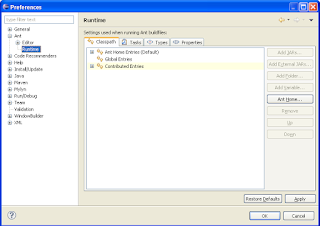The objective of this post is to explain how to access the web server running under Guest OS in Virtual Machine (VM) software from Host OS and any other computer connected in a Local Area Network (LAN). I am explaining it for Ethereum blockchain software installed in VM box. However, the same procedure may be applicable for accessing web server or other services.
VM software is used to achieve virtualization and for running multiple Guest operating systems without disturbing the Host operating system. To achieve this, the processor (CPU) attached to the computer should have the feature of Virtualization. Once the VM software has been installed on a Host OS, the VM software creates a virtual IP address to function networking related activities. As usual, an IP address can be statically set or dynamically (DHCP) obtained for every computer. To this end, a computer system running VM software contains two IP addresses such as 1) Virtual IP created by VM software, and 2) Actual IP address of the system. The following figure shows the block diagram of LAN in which a computer with VM software connected.
Step 1: Obtain the IP address of the computer. It is found that the IP address of the system as 172.16.26.1
Step 2: Obtain the IP address of the HOST OS running in VM software. It was found that the IP address of the Host OS as 10.0.2.15







